Filter News
Area of Research
- (-) Biology and Environment (7)
- (-) Nuclear Science and Technology (6)
- Advanced Manufacturing (4)
- Biological Systems (2)
- Clean Energy (41)
- Climate and Environmental Systems (1)
- Data (1)
- Fossil Energy (1)
- Isotope Development and Production (1)
- Materials (21)
- Neutron Science (17)
- Sensors and Controls (1)
- Supercomputing (17)
- Transportation Systems (1)
News Topics
Media Contacts
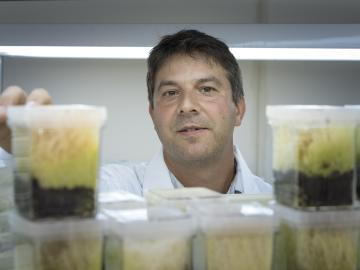
David Weston became fascinated with plant genetics and ecology in college, and now with the support provided by the DOE Office of Science Early Career Research Program, he will link those fields as he studies plant-microbe symbiosis. The research will focus on sphagnum moss, a dominant plant of n...
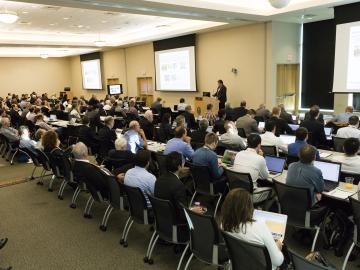
The third annual Molten Salt Reactor Workshop allowed leading voices on advanced reactors—including scientists from the national laboratory system, the Nuclear Regulatory Commission, reactor design firms and universities—to discuss current efforts in molten salt reactor work and pu...

For many scientists and engineers, the first real test of their mettle comes not in a classroom, but in a lab or the field, where hands-on experience can teach volumes. For Susan Hogle, that hands-on experience just happened to be with material that was too hot to handle—literally....

Working backwards has moved Josh Michener’s research far forward as he uses evolution and genetics to engineer microbes for better conversion of plants into biofuels and biochemicals. In his work for the BioEnergy Science Center at ORNL, for instance, “we’ve gotten good at engineering microbes th...
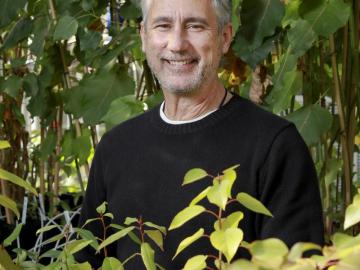
It’s been 10 years since the US Department of Energy first established a BioEnergy Science Center (BESC) at Oak Ridge National Laboratory (ORNL), and researcher Gerald “Jerry” Tuskan has used that time and the lab’s and center’s resources and tools

After more than a year of operation at the Department of Energy’s (DOE’s) Oak Ridge National Laboratory (ORNL), the COHERENT experiment, using the world’s smallest neutrino detector, has found a big fingerprint of the elusive, electrically neutral particles that interact only weakly with matter.
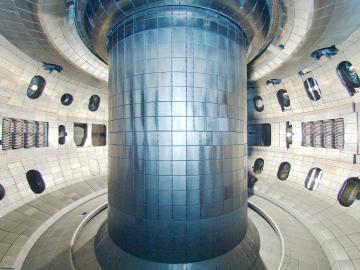
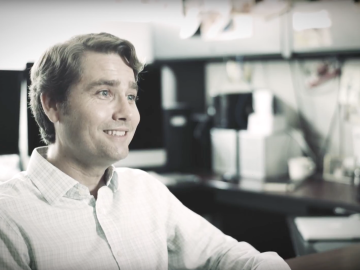
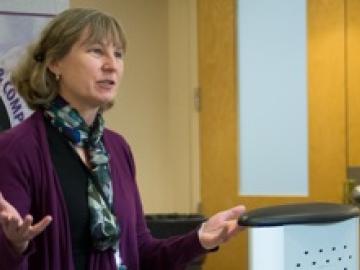
Ecologist Virginia Dale is an ORNL corporate fellow and director of the lab’s Center for BioEnergy Sustainability. In her work she focuses on environmental decision making, plant succession, land-use change, landscape ecology, ecological modeling, sustainability, and bioenergy systems. Dale...
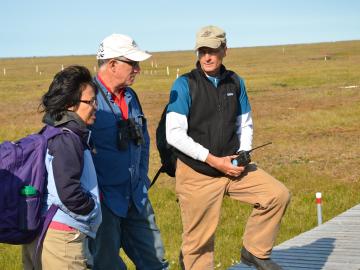
Stan Wullschleger did not intend to stay so long at Oak Ridge National Laboratory, but as many other scientists can relate, time flies when you’re engaged in interesting work. “I don’t know if you can tell while it’s happening or you just notice it in hindsight, but the lab is a wonderful place t...




